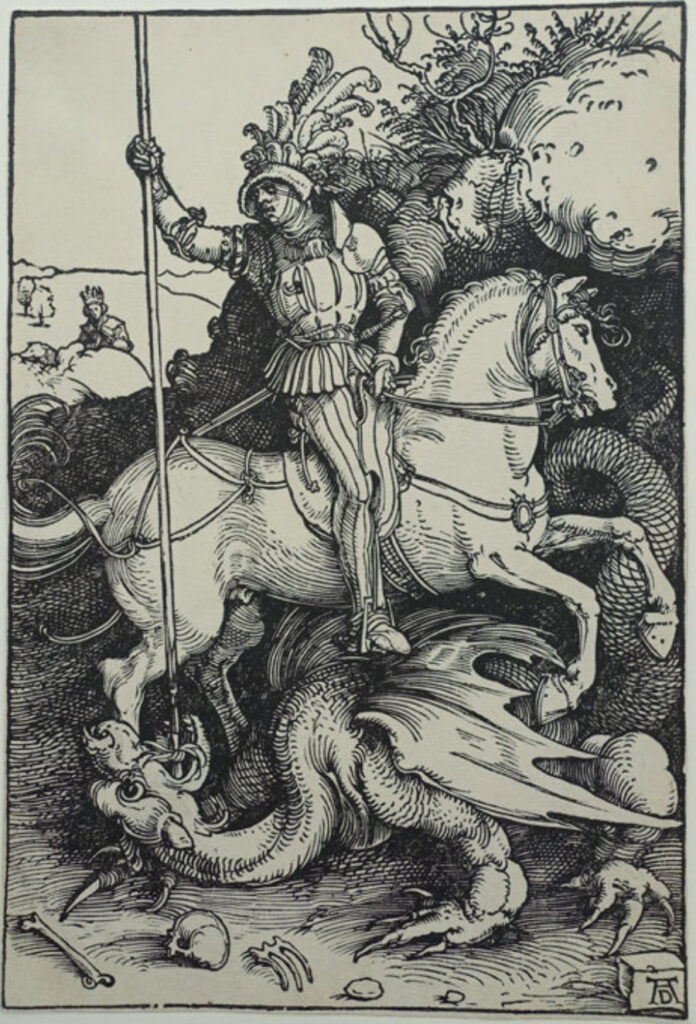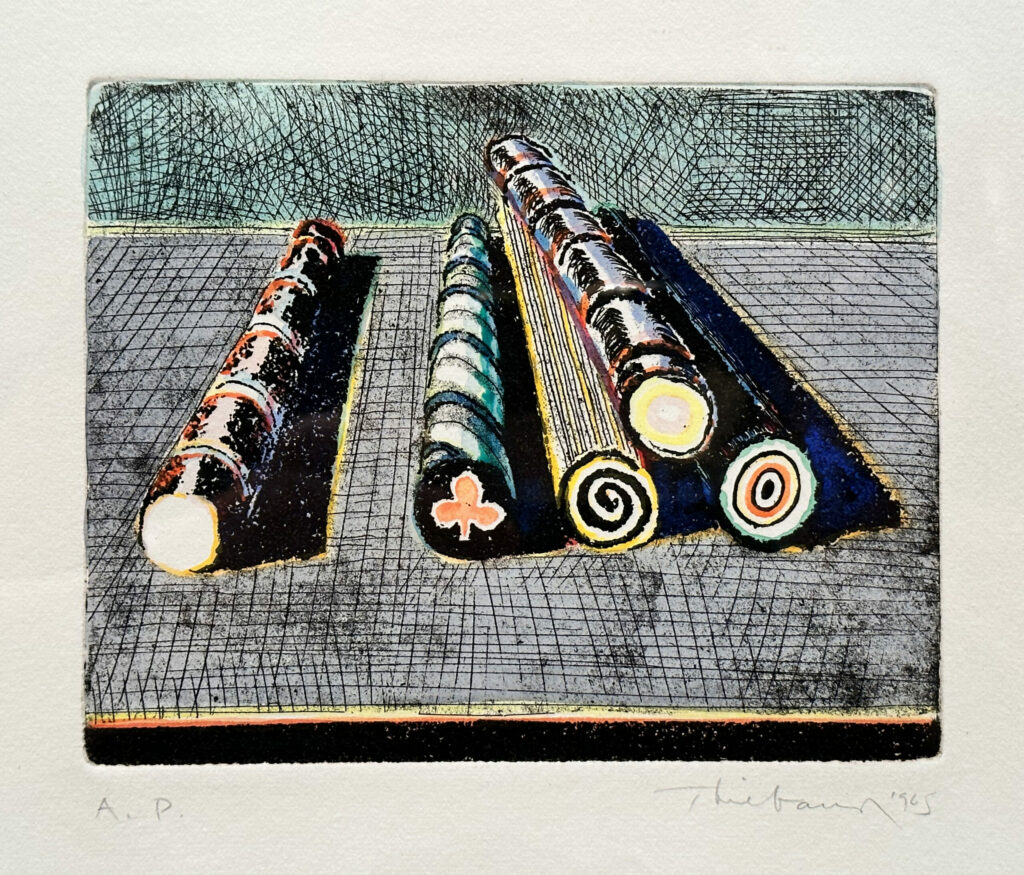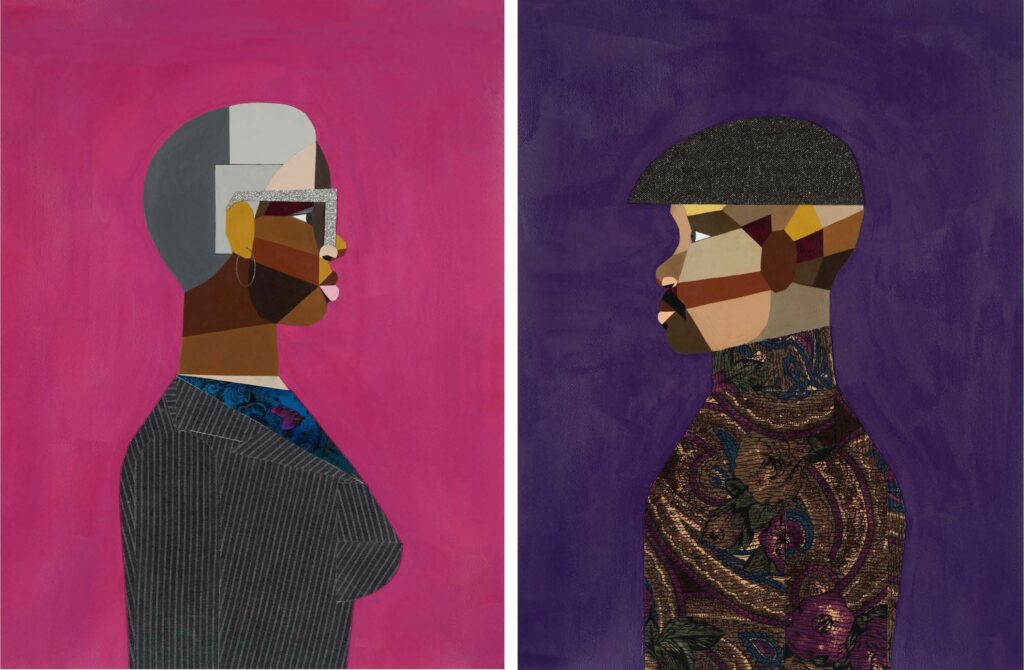The Economics Of Prints
The economics of prints: The relationship between artists and printmaking represents one of the most fascinating intersections of creativity and commerce in art history. While paintings often capture headlines with their astronomical prices, print editions have quietly served as the financial backbone for countless artists’ careers, providing steady income streams and broader market access.
The Early Days: Democratising Art
In the early days of printmaking, artists discovered that they could reach wider audiences while maintaining artistic control through limited editions. This wasn’t just about reproduction – it was about creating multiple original artworks that could be sold at accessible price points while maintaining scarcity value. The genius of this system lay in its balance: editions had to be large enough to generate meaningful revenue but limited enough to preserve value.
The Birth of Strategic Scarcity
The modern concept of print editions as financial instruments really took shape in the 20th century. Artists like Pablo Picasso and Salvador Dalí recognized that well-managed print editions could generate substantial income while expanding their collector base. They understood that prints weren’t just cheaper alternatives to paintings – they were distinct artistic expressions that could command their own market. Picasso, for instance, would often create print variations of his paintings, but with significant differences that made them unique works in their own right.
How Limited Editions Work as Financial Tools
The financial mechanics of print editions are particularly clever. When an artist creates a limited edition of, say, 50 prints, they’re essentially creating 50 original works that can be sold individually. The initial investment in creating the plate or screen is offset by multiple sales, while the limited number maintains scarcity value. This model allows collectors of varying means to own original works while providing artists with immediate income and long-term market presence.
The Revenue Stream Innovation
This system became even more sophisticated with the introduction of different types of editions. Artists began creating artist’s proofs, printer’s proofs, and various states of prints, each with its own market value. These variations allowed for price differentiation and created additional collecting opportunities. For example, an artist’s proof (typically marked A/P) might command a premium over the standard edition due to its rarity and special status.
Price Strategy and Market Development
The rise of print workshops in the mid-20th century further professionalized this aspect of the art market. Establishments like Universal Limited Art Editions (ULAE) and Gemini G.E.L. worked with artists to create high-quality editions while helping to manage the business aspects of print production and sales. These workshops became instrumental in establishing prints as serious investment vehicles, providing documentation and authenticity that collectors could trust.
Smart Collecting Strategies
Contemporary artists have built upon this foundation in innovative ways. Many now use print editions as part of a broader financial strategy, releasing prints at different price points to build collector bases and fund larger projects. Some artists create “entry-level” print editions to attract new collectors, who might later purchase more expensive works. Others use print sales to finance installations or public art projects that might not otherwise generate direct income.
The Digital Age Impact
The digital age has added new dimensions to this market. While traditional printmaking techniques remain valued for their craftsmanship and tangibility, artists now also create digital editions, using blockchain technology to ensure scarcity and authenticity. This has opened up new revenue streams while maintaining the fundamental principle of limited editions.
Future Considerations
For collectors, understanding this financial ecosystem is crucial. Print editions offer several advantages: they’re typically more affordable than unique works, they have established provenance and documentation, and they can appreciate significantly in value. The key is understanding that value in print markets often relates to rarity, condition, and the artist’s overall market position. Early numbers in an edition (like 1/50) or special proofs might command premium prices, while condition issues can significantly impact value.
The future of print editions as financial instruments looks promising. As the art market continues to evolve, prints offer a sweet spot between accessibility and exclusivity. They provide artists with reliable income streams while giving collectors opportunities to own original works by significant artists. The limited edition model has proven remarkably resilient, adapting to new technologies and market conditions while maintaining its core appeal.
For both artists and collectors, print editions represent a sophisticated financial tool that balances artistic integrity with market realities. They’re not just reproductions – they’re carefully calibrated financial instruments that have helped sustain artistic careers while democratizing art ownership. Understanding this dynamic can help collectors make informed decisions and appreciate the vital role prints play in the broader art market ecosystem.



